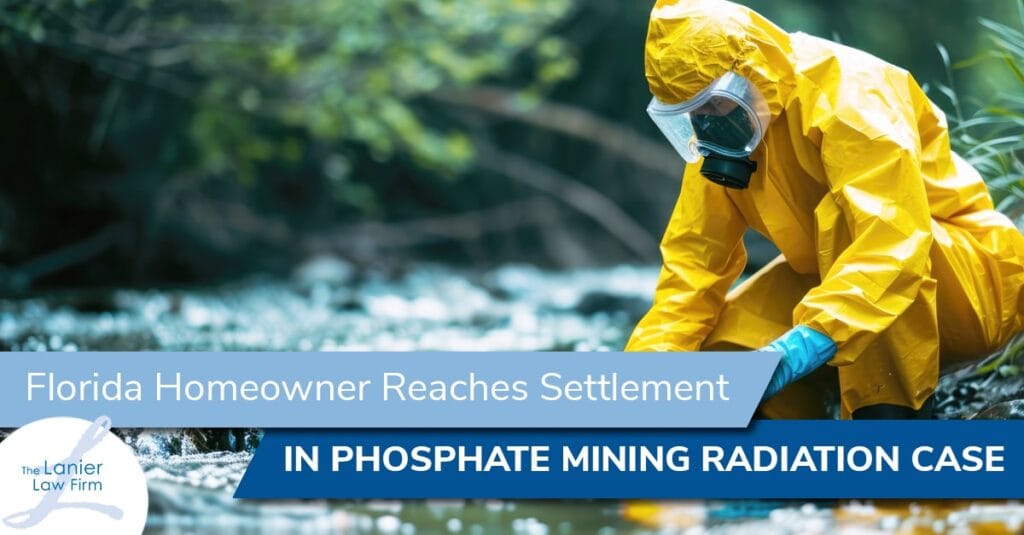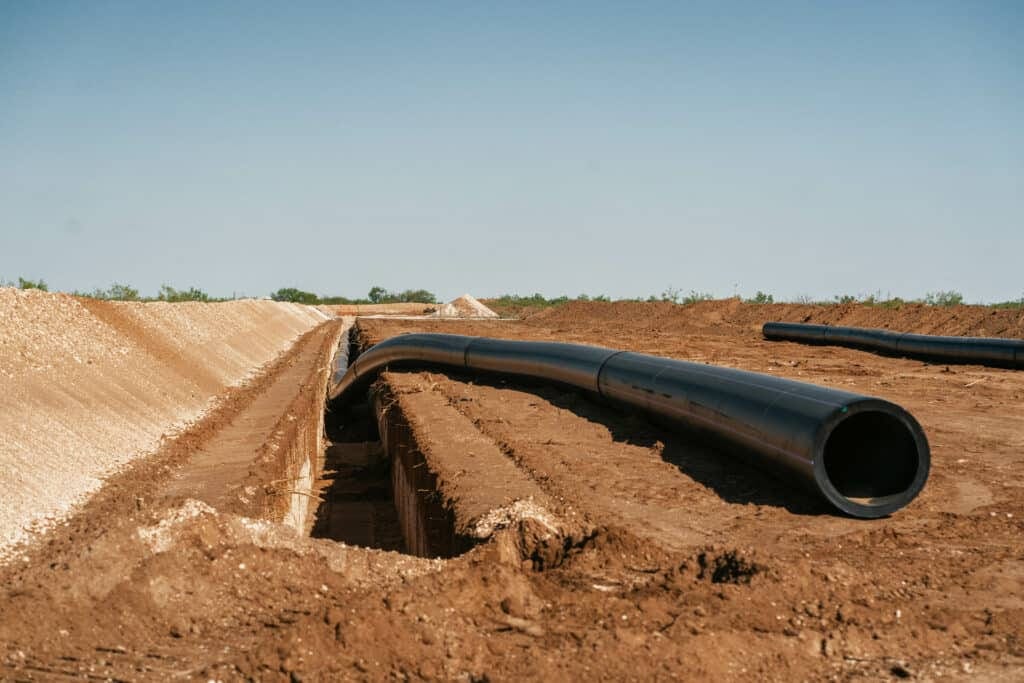Phosphate mining is a critical process that underscores the agricultural and industrial sectors globally. Phosphates, primarily in the form of phosphate rock, are essential for the production of fertilizers and are vital for biological growth. The demand for phosphate fertilizers continues to rise as the global population increases, making phosphate mining an increasingly important industry. In this blog post, we will delve into the phosphate mining process, explore the geographic distribution of phosphate deposits, and examine some of the leading mining companies in this sector. dcpipe pipeline expert

The Phosphate Mining Process
The process of phosphate mining is intricate and involves several stages, each requiring specific techniques and technologies. Here are the main steps involved in phosphate mining.
1. Exploration
The initial stage of phosphate mining is exploration, where geologists and mining companies conduct surveys to identify potential phosphate-rich areas. Techniques such as geological mapping, remote sensing, and sampling of soil and rock formations are employed to assess the presence of phosphate reserves.
2. Extraction
Once viable phosphate deposits are identified, the extraction phase begins. Phosphate mining can be done using two main methods:
- Surface Mining: Also known as open-pit mining, this method is commonly used for phosphate extraction. It involves removing overburden (soil and rock layers) to reach the phosphate rock below. Excavators and draglines facilitate the removal of these layers, and the phosphate rock is then extracted and transported for processing.
- Underground Mining: In certain cases, especially where surface mining is not feasible due to environmental or economic considerations, underground mining techniques may be used. This involves creating tunnels to access the phosphate deposits, resulting in less surface disruption but often higher production costs.
3. Beneficiation
After extraction, the phosphate rock undergoes a beneficiation process. This step is essential to improve the quality of the phosphate by removing impurities and concentrating the phosphate content. Beneficiation methods can include:
- Crushing and Grinding: The extracted rock is crushed into smaller pieces and ground to liberate phosphate minerals from the waste material.
- Flotation: This process involves adding chemicals to the crushed rock to create a froth that allows for the separation of phosphate from other minerals based on their surface properties.
- Calcination: In some cases, phosphate rock may be subjected to high temperatures to convert it into a more soluble form for use in fertilizers.
4. Transportation
Once the phosphate rock is processed, it is transported to various destinations, including fertilizer production plants and distribution centers. The logistics of transportation can be complex and often involve a combination of truck, rail, and maritime transportation, depending on the geographical location of the mines and the markets they serve.
5. Reclamation
Phosphate mining, particularly surface mining, can result in significant environmental impacts, including habitat destruction and soil degradation. Reclamation is an essential step in the mining process, where efforts are made to restore mined land to its original or usable state. This may involve:
- Re-vegetation: Planting native species to restore ecological balance.
- Soil Management: Replacing and amending soil to enhance its suitability for future land use.
- Water Management: Addressing changes in hydrology resulting from mining activities.
Geographic Distribution of Phosphate Deposits
Phosphate deposits are distributed unevenly around the globe, and the location of these resources is crucial to understanding the dynamics of phosphate mining. The world’s largest phosphate reserves are primarily found in the following regions:
1. North America
The United States is one of the largest producers of phosphate, with significant deposits located in Florida, North Carolina, and Idaho. The Bone Valley region in Florida is particularly notable, as it hosts large quantities of phosphate rock that have been mined for decades.
2. Africa
Africa holds substantial phosphate resources, with Morocco being a key player. The Bou Craa mine in Western Sahara is one of the largest phosphate mines in the world, contributing significantly to Morocco’s economy. Other countries, such as South Africa and Tunisia, also have notable phosphate deposits.
3. Middle East & Asia
China is another major producer of phosphate, with extensive reserves located in the provinces of Yunnan and Sichuan. In addition, countries like Jordan and Saudi Arabia have emerging phosphate mining industries, further contributing to the global supply.
4. Europe
European countries, including Russia and Finland, hold phosphate deposits, although production levels may not be as high as in other regions. The emphasis in Europe has been on sustainable mining practices, given a growing awareness of environmental issues.

Leading Phosphate Mining Companies
With the rising demand for phosphate products, several companies have established themselves as leaders in the phosphate mining industry. Here are some key players:
1. Nutrien Ltd.
Nutrien, based in Canada, is one of the largest producers of potash, nitrogen, and phosphate fertilizer products in the world. The company operates several mining locations, particularly in North America, and is committed to sustainable agricultural practices.
2. OCP Group
Morocco’s OCP Group is a leading global player in the phosphate market, with one of the largest phosphate rock reserves in the world. The company is known for its extensive production operations and commitment to research and innovation in fertilizer technologies.
3. PhosAgro
PhosAgro is a major Russian company involved in phosphate rock mining and fertilizer production. The company emphasizes sustainable development and is known for its efficient processing technologies and high-quality products.
4. The Mosaic Company
The Mosaic Company, based in the United States, is a significant producer of potash and phosphate fertilizers. The company’s operations are concentrated in North America and are characterized by a strong commitment to environmental responsibility and community engagement.
5. Vale S.A.
Vale, a Brazilian multinational corporation, is primarily known for its iron ore production but also has a significant presence in phosphate mining. The company’s phosphate operations are primarily located in Brazil and are known for their strategic alignment with agriculture needs.
Conclusion
Phosphate mining is a vital industry that plays a significant role in supporting global food production and agricultural sustainability. As we have examined, the process involves various stages from exploration to reclamation, each requiring specialized knowledge and technology. The geographic distribution of phosphate deposits is diverse, with significant reserves located in North America, Africa, and Asia, among other regions. Leading mining companies such as Nutrien, OCP Group, and Mosaic are at the forefront of this industry, driving innovations and sustainable practices.
As we face challenges related to food security and environmental sustainability, phosphate mining will continue to be a critical area of focus, necessitating balanced approaches that meet the needs of both the economy and the environment. The future of phosphate mining must embrace sustainable practices and technological advancements to ensure it remains viable and responsible in the face of global demands. dcpipe pipeline expert

